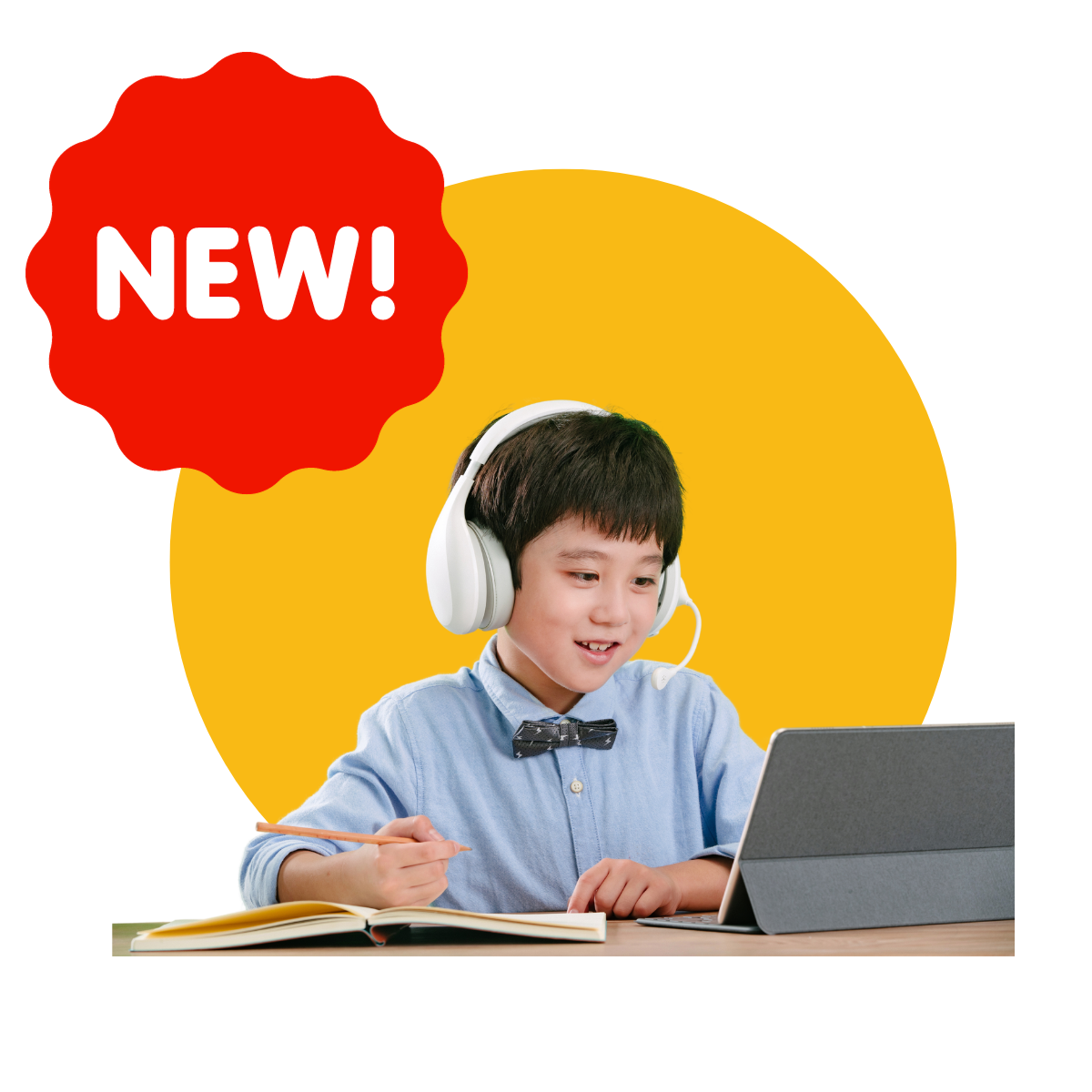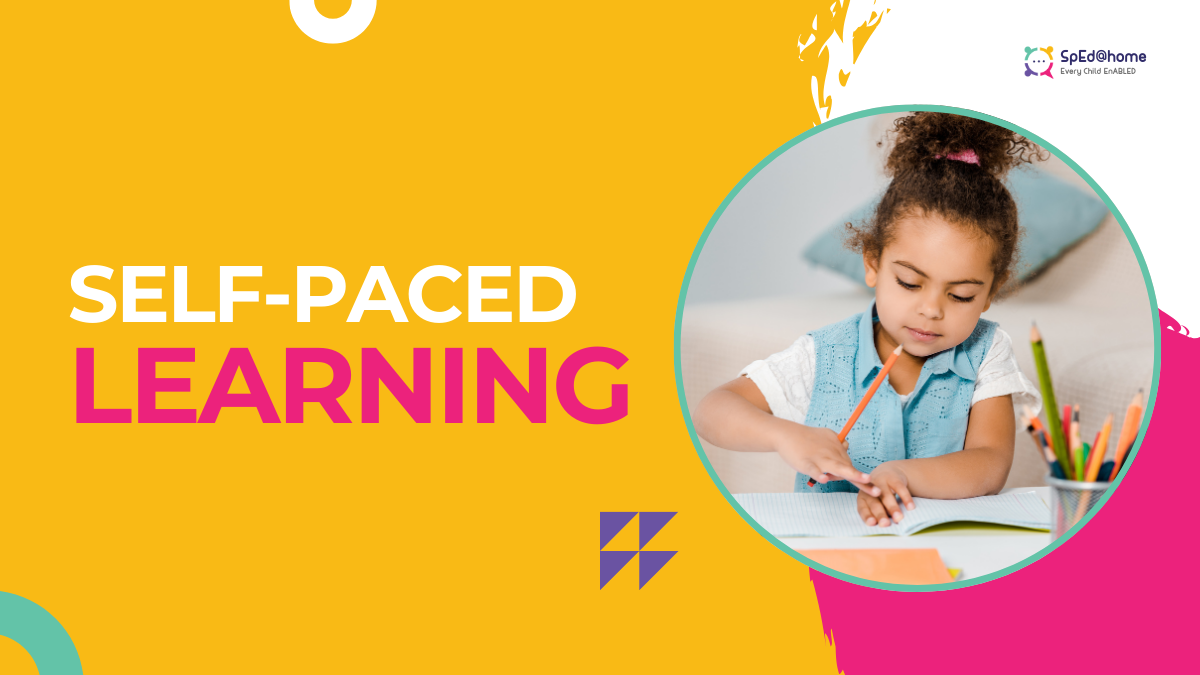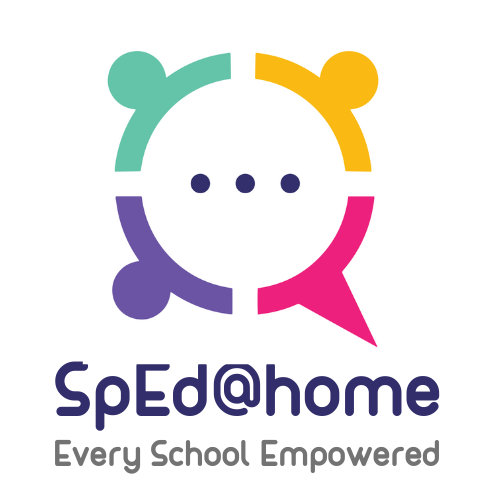Self-paced learning can be particularly beneficial for children with special needs, offering various advantages that cater to their unique learning requirements. Here are some key reasons why self-paced learning is important for children with special needs:
1. Individualized Instruction:
– Special needs children often have diverse learning styles and varying cognitive abilities. Self-paced learning allows for customized instruction, enabling each child to progress at their own pace. This flexibility ensures that the learning materials are adapted to their specific needs, promoting a more personalized and effective learning experience.
2. Reduced Anxiety and Stress:
– Traditional classroom settings may create stress and anxiety for some special needs children due to the pressure to keep up with the rest of the class. Self-paced learning reduces the stress associated with comparisons and competition, as children can take the time they need to master concepts without the fear of falling behind.
3. Increased Engagement:
– Children with special needs may struggle with attention and focus. Self-paced learning often incorporates interactive and multimedia elements, making the learning process more engaging and appealing to children with diverse learning preferences. Interactive materials can help capture and maintain their attention, leading to improved understanding and retention of information.
4. Boosted Confidence and Independence:
– Successfully completing tasks at their own pace can enhance a child’s confidence and foster a sense of independence. As they achieve milestones independently, special needs children can develop a positive self-image, which is crucial for their overall well-being and academic success.
5. Accommodation of Learning Disabilities:
– Self-paced learning can be adapted to accommodate various learning disabilities. For example, children with dyslexia may benefit from additional time to process written information, and those with attention disorders may benefit from shorter, focused learning sessions. Self-paced learning allows for the necessary adjustments to support children with different learning challenges.
6. Flexible Learning Environment:
– Children with special needs may have medical appointments, therapies, or varying energy levels. Self-paced learning provides the flexibility to schedule learning activities around these factors, allowing for a more adaptive and accommodating learning environment.
7. Continuous Progress Monitoring:
– Self-paced learning often includes features for tracking progress. Continuous monitoring allows educators and parents to identify areas of strength and weakness, enabling timely interventions and adjustments to the learning plan to meet the child’s evolving needs.
In conclusion, self-paced learning offers a more inclusive and adaptable approach that can significantly benefit children with special needs. It empowers them to take control of their learning journey, fostering a positive and supportive environment conducive to their individual growth and development.














